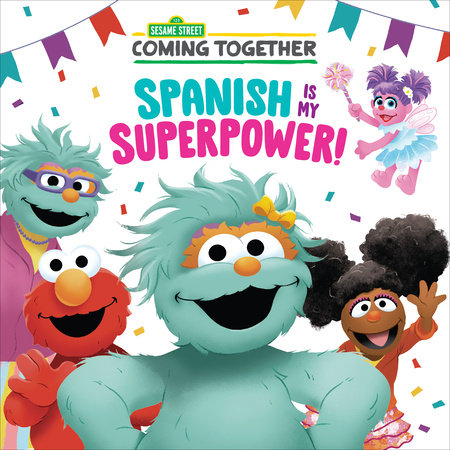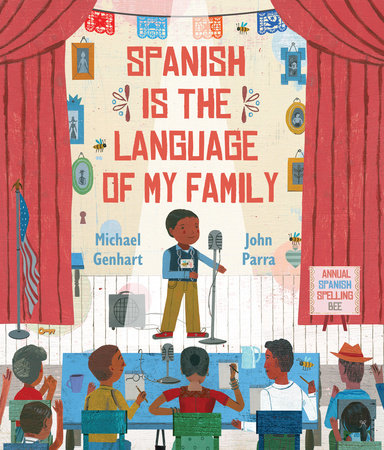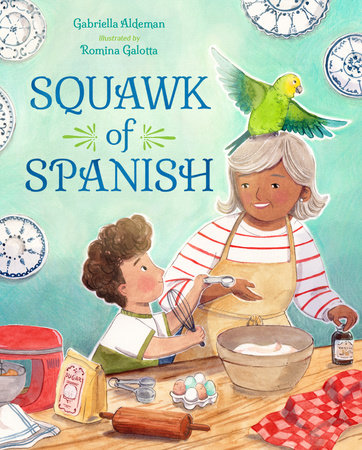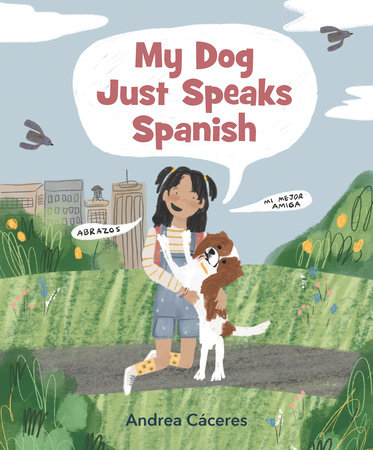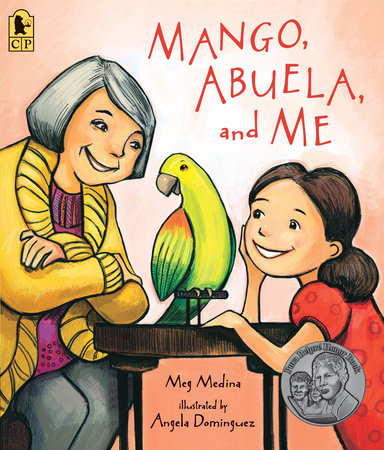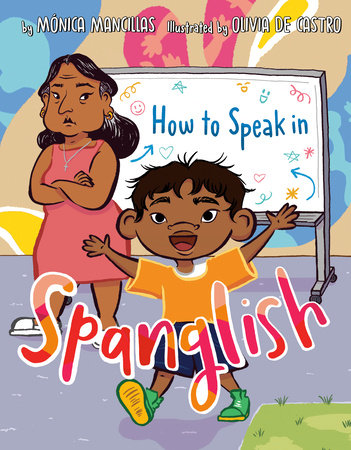6 Picture Books That Celebrate Bilingual Families
by Claudia Serrano Johnson
As a bilingual speech-language pathologist and mom, I have the privilege of spending my waking hours fostering bilingualism. Isn’t that fascinating? I’ve gained much insight in the last decade, and what shocked me the most is how intentional we must be as parents and educators when celebrating biculturalism and bilingualism.
I went into motherhood thinking that raising bilingual and bicultural children would come naturally. But, as we often are, I was quickly humbled. I thought, “I’m bilingual!” and “I have expertise on the topic!” Little did I know that life has unexpected turns and the magnetic pull of English in our society is powerful.
When my daughter was born, she had colic. She cried all day and barely slept. Instead of having a smooth postpartum where I spent my days speaking Spanish, my first language, with her, I found myself in survival mode. Getting through each day became my priority, not bilingualism. Once she started using her first handful of words between 12-15 months, I realized they were all in English. We were finally out of one of the most challenging seasons, and I had grown used to speaking English with her. That was unexpected for me. I know I’m not alone because since then, as a professional, I’ve supported hundreds of families through similar scenarios.
Thankfully, resources are available to help us be intentional as we strive to center bilingualism and biculturalism in children’s lives. Personally and professionally, I value using books as one of those tools. They open conversations about a complex aspect of our identity. It’s mind-blowing to hear our children’s thoughts and emotions as they process their dynamic existence. You should give it a try!
Here are six books about bilingualism and why I recommend them. Check them out!
-
Spanish Is My Superpower! (Sesame Street)
Buy from:Perhaps you have experienced or feared receiving disparaging looks or comments when speaking the heritage language in public. Experiencing linguistic prejudice can be scary, disorienting, and discouraging, especially when it happens around your children. Unfortunately, I have had many families express this concern. This book reads like a social story, which I love. Social stories are books where the main character walks through a complex situation that the reader may experience in their life. However, throughout the relatable story, the main character demonstrates how to handle a situation in an age-appropriate manner. Using emotional intelligence skills, this book helps families discuss and navigate the complex yet common situation of being discriminated against due to speaking another language.
Buy from: -
Spanish Is the Language of My Family
Buy from:As a Latina mom, I love that the moment you open this book, letters of the Spanish alphabet, such as “é” and “ñ” are celebrated front and center. The plot features a Spanish Spelling Bee and showcases Spanish words and their spellings. This introduces children to spelling — an academic task often reserved for English in the United States. This book is inspired by the experience of the author’s mom, who wasn’t allowed to speak Spanish at school. The storyline allows families to discuss whether one or both languages are spoken at school and why both matter.
Buy from: -
Squawk of Spanish
Buy from:This is a sweet and relatable story for children who may be “receptive bilinguals.” A receptive bilingual is a person who understands a language but has difficulty speaking it. Many Latine children and adults in the United States belong to this community. Unfortunately, they often experience embarrassment and shame because they can’t speak their family language. This story gives space to talk about those feelings. It encourages receptive bilingual children to celebrate the value of connecting with their heritage through vocabulary, family connections, and partaking in traditions.
*Personally and professionally, I think this book’s message is delivered best if read in English.
Buy from: -
My Dog Just Speaks Spanish
Buy from:This book features an adorable dog who only understands Spanish and his owner, Aurora, who is adjusting to having a monolingual dog. The story structure demonstrates metabilingual awareness — the ability to compare and contrast languages aloud. Aurora says, “If you say ‘SIT,’ Nena, the dog won’t follow the command. But if you say ‘SIÉNTATE,’ she does.” This metabilingual skill of connecting the two languages strengthens a child’s understanding of their languages and their bilingualism. This book is a fun and creative way to work on that skill.
Buy from: -
Mango, Abuela, and Me
Buy from:This is a tender story between a Latine grandmother who doesn’t speak English and her granddaughter who doesn’t speak Spanish. The storyline highlights a love that transcends languages and the opportunity to learn new languages. I appreciated that the grandmother and the granddaughter have an equal desire to teach and learn each other’s languages. This shows Latine children in the U.S. that learning a different language isn’t a tedious task that only children must do. Instead, they see that people of all ages learn new languages, and when they do it in a community, it can be fun!
Buy from: -
How to Speak in Spanglish
Buy from:My daughter, who is a 7-year-old bilingual, found this storyline of mixing languages relatable. It is common for bilingual speakers to mix their languages when speaking to other bilingual speakers of those same languages. Heck, sometimes I do it too!
In the book, young Sami loves speaking Spanglish but gets frustrated when his use of it confuses both the English and Spanish speakers in his life. Abuela wants Sami to speak only in Spanish at home, but everyone at school speaks English. Abuela’s character should remind children of the importance of not mixing up your languages when speaking with monolingual speakers, but the overall story expresses the richness — and fun — that comes with speaking more than one language.
Buy from:
Claudia Serrano Johnson is a Colombian-born Latina with a Masters in Speech-Language Pathology, specializing in Bilingualism. Learn more at @blossoming.biliguals on Instagram or visit https://laleotherapy.com/.

